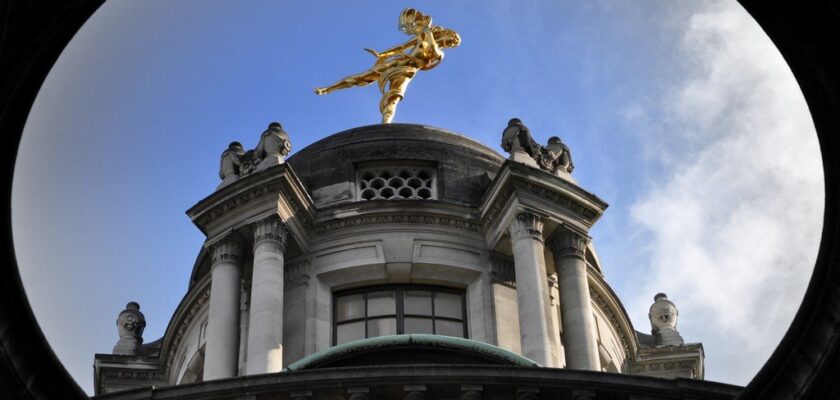Bank of England
The Bank of England
is one of the oldest banks in the world. It is located in the eastern part of London, in an old mansion, which was built in the late XVIII – early XIX century. The banking institution itself was opened even earlier, when Britain, at war with France in 1694, found that it had depleted its coffers. Respecting the venerable age of the Bank of England, the inhabitants of Foggy Albion call it jokingly – “the old lady.”.
These days, the Bank of England is the central bank of the United Kingdom and is governed by a Board of Directors. The Governor, his deputies and the members of the Board are appointed by the Queen, after approval by the country’s Parliament.
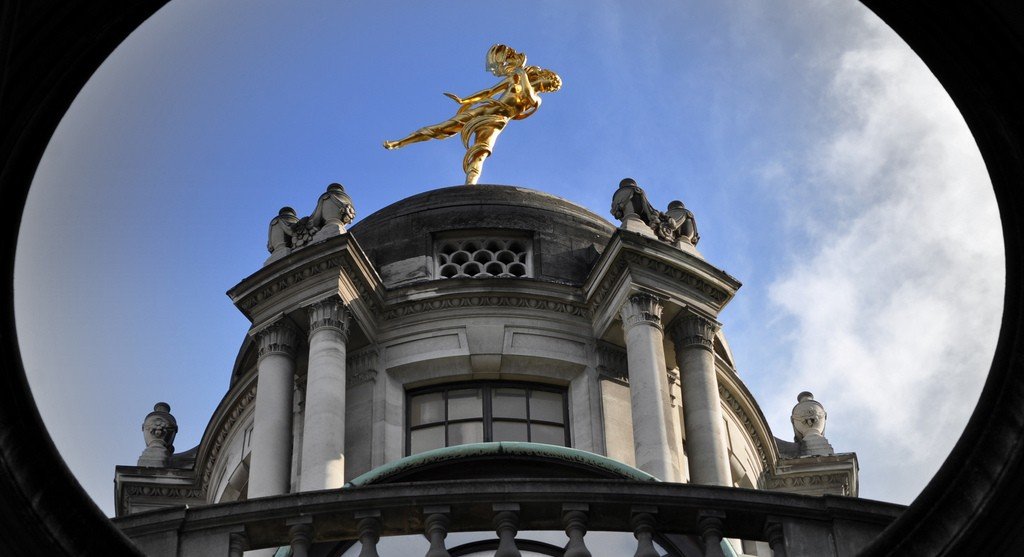
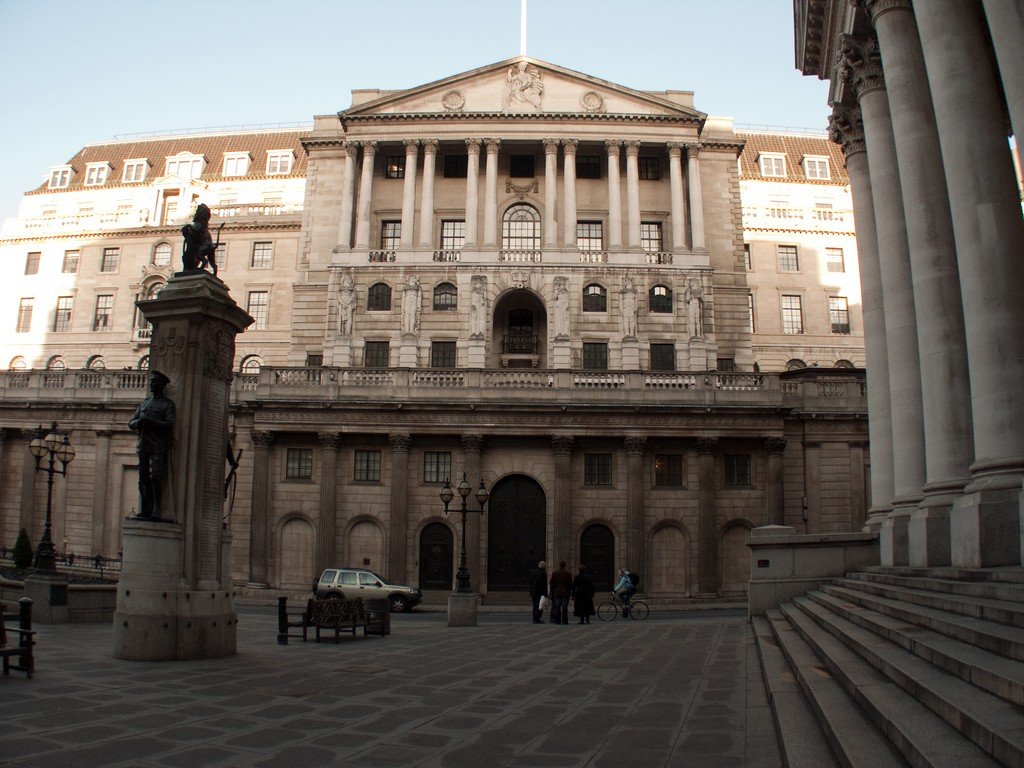
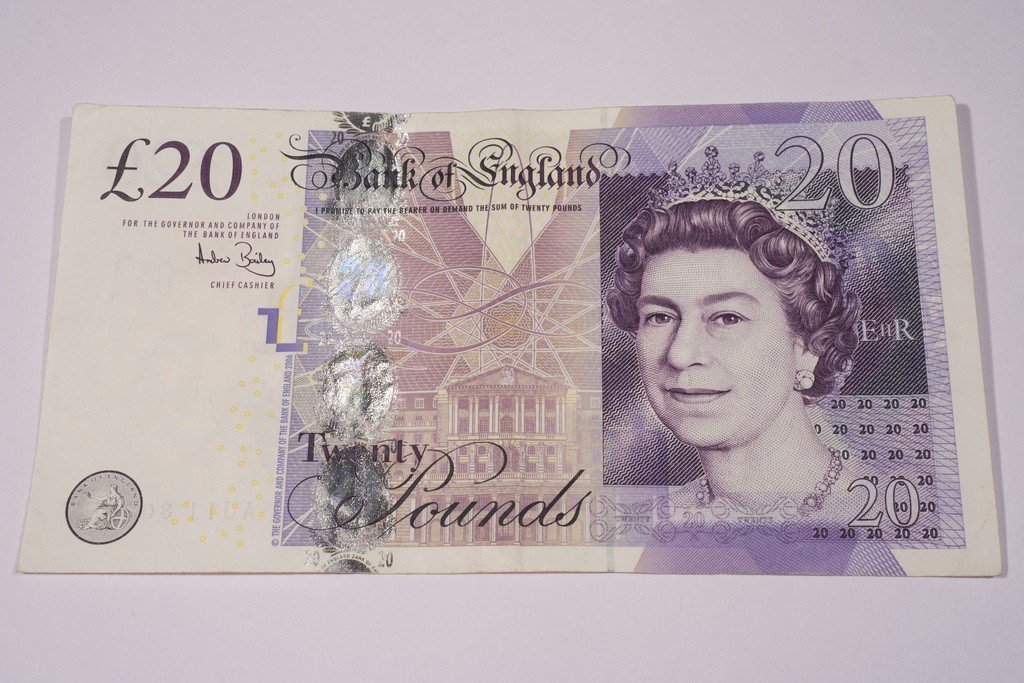
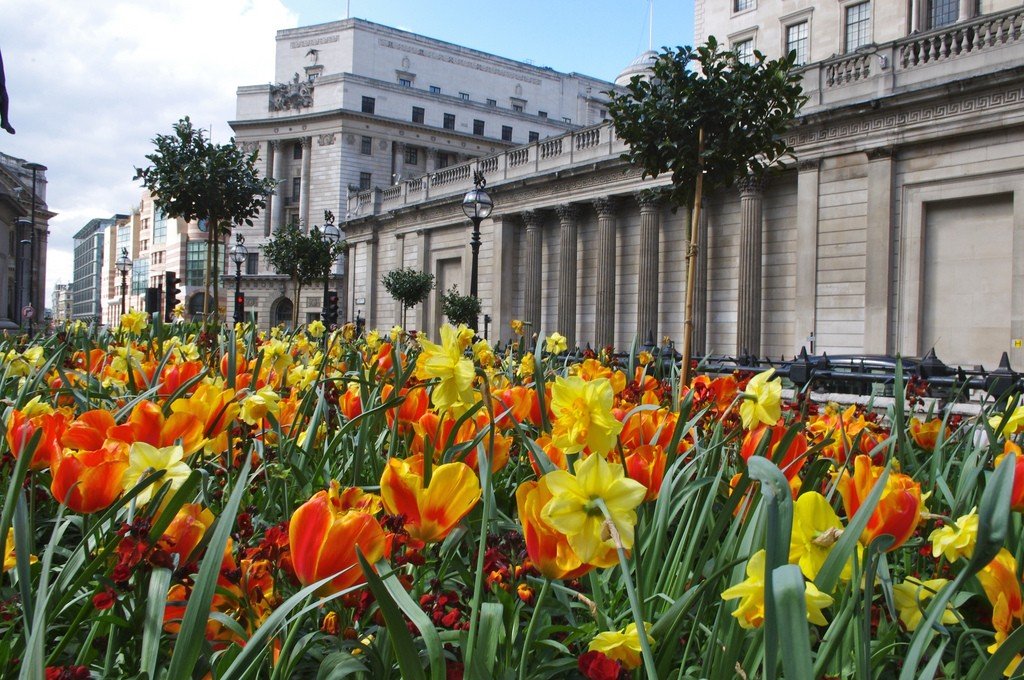
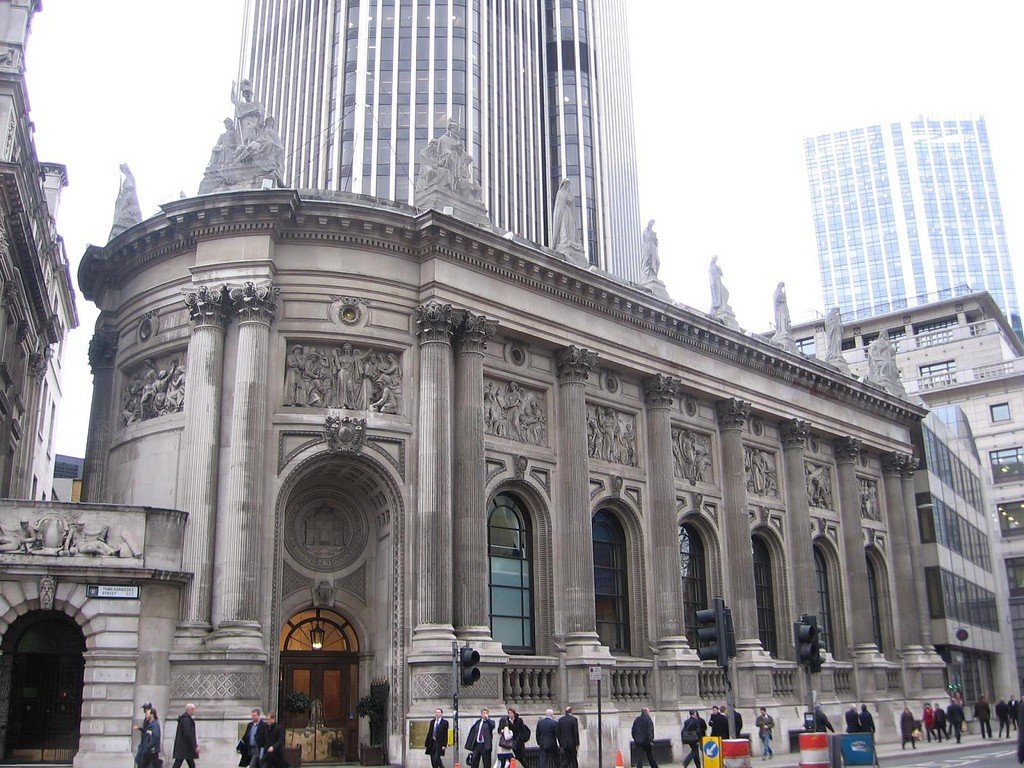
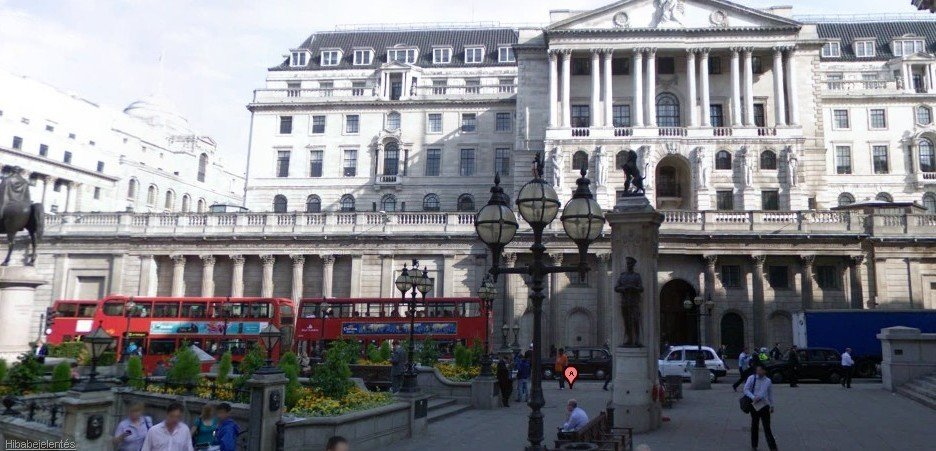
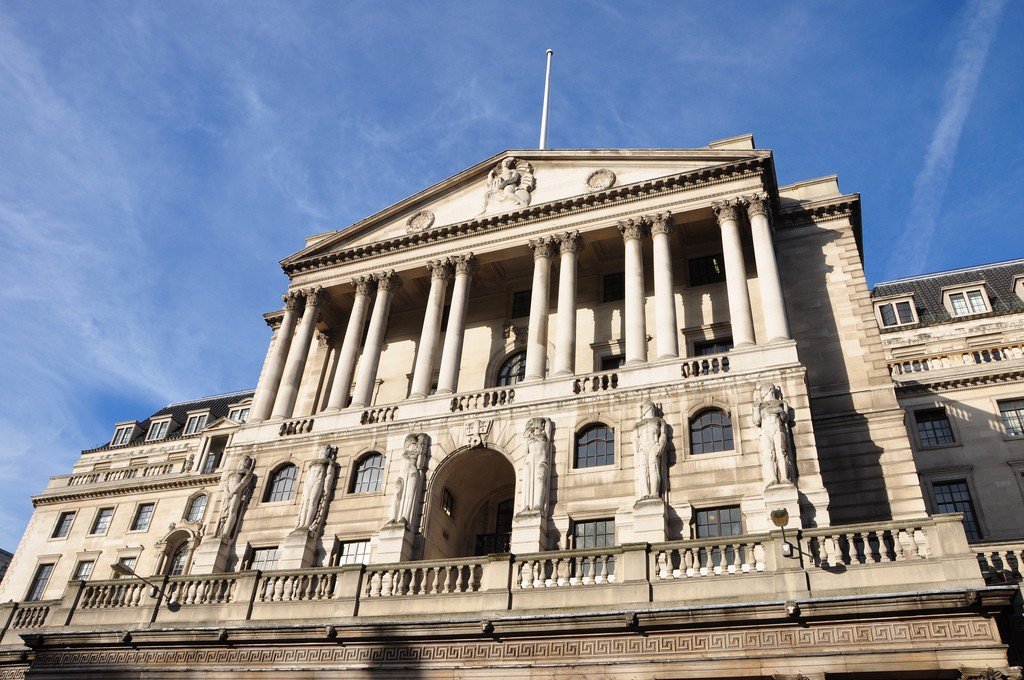
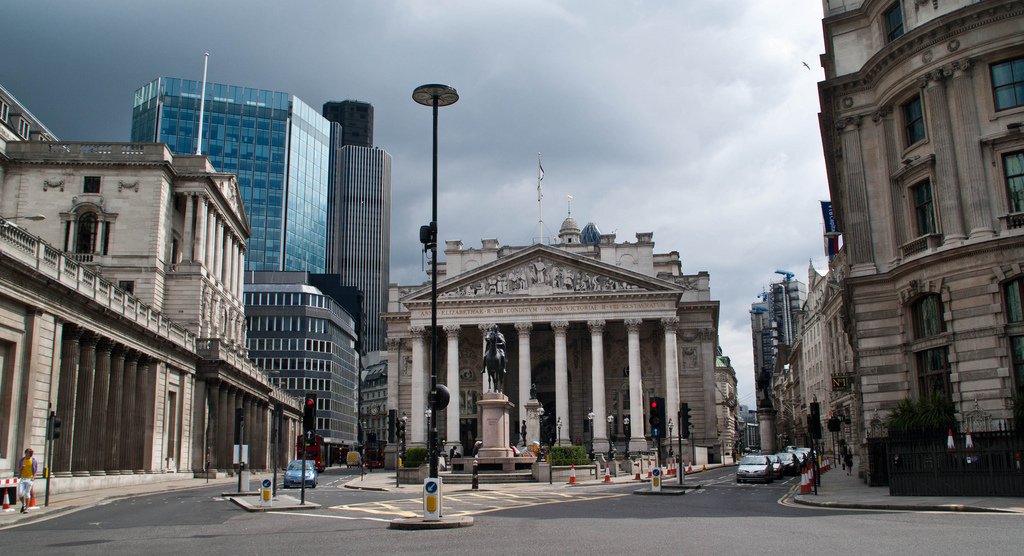
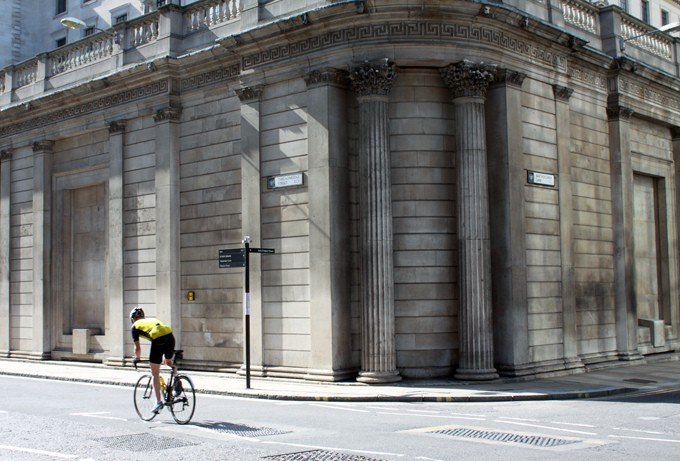
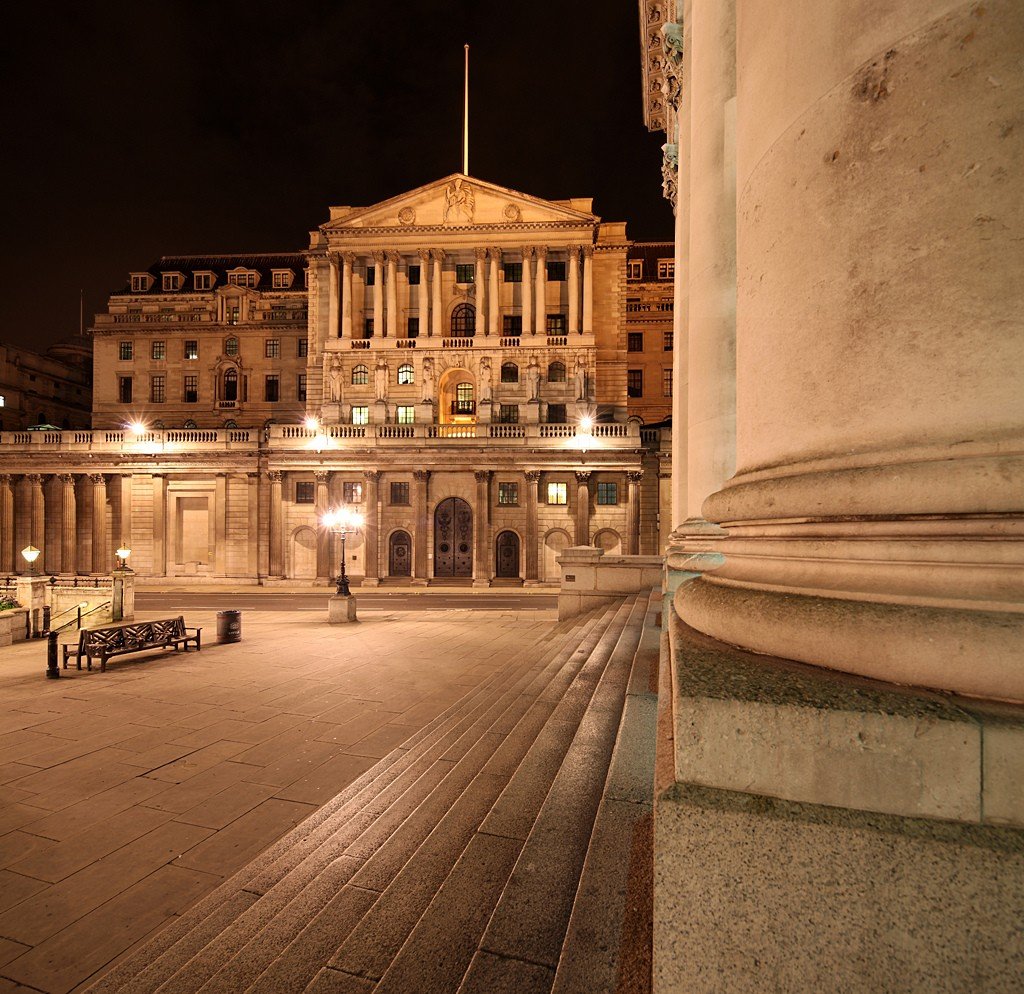
General Information
The Bank of England building was designed by the talented architect John Stone. The ancient mansion looks majestic and austere. For security purposes, its high first floor is practically devoid of windows and therefore looks like a medieval fortress. The classical portico, paired columns and expressive sculptures on the facade demonstrate the solidity of this state institution and the strength of its traditions.
.Previously, anyone entering the Bank of England building could only be accompanied by a guard. And for other visitors was available only a small exhibition hall. But then the situation changed. In 1988, in the presence of Queen Elizabeth II in the Bank of England building was inaugurated a museum telling about its history.
.
There are a lot of interesting museums in London, but the museum of the main bank of the country enjoys special attention from the city’s residents and tourists. Only this place exhibits silver and gold ingots, which visitors are allowed to touch with their hands. There is also a reconstructed bank office of the XVIII century with wax figures of bank employees and other interesting exhibits telling about the history of banking in Britain. The museum is open for free access on weekdays, as well as on the day of the Lord Mayor’s parade.
.
History of the Bank of England
In the late 17th century, England was at war with France. The English had been defeated in a naval battle near Beachy Head and were in dire need of rebuilding their fleet. There was no money in the treasury, so the Scottish merchant William Peterson appealed to the ruler of England and Scotland – King William III of Orange. The merchant proposed to establish a private joint-stock bank with special rights. The king considered the arguments reasonable, established the Bank of England and became one of its shareholders.
.
The private bank made a loan of £1,200,000 to the English government. The money was lent at 8% interest per annum, it was used for military purposes, and the country enjoyed the desired success. In the years that followed, the Bank of England financed industry and agriculture, supported the military, and by the late 18th and early 19th centuries had helped Britain become a superpower with the world’s most powerful navy and influence on many aspects of world politics.
.
When World War II ended, the Bank of England was nationalized at the initiative of the Labour Party (1946). And in 1997 it became an independent public organization.
.
Bank of England Museum
The collections are spread over an area of 1000 m² and tell about all stages of the development of banking in the country, prominent bankers, as well as the system of work that the Bank of England adheres to today. The British have approached the exposition with their usual pedantry, so, moving from hall to hall, you can trace the history of the Bank of England century by century. In the museum section “Bank Today” the most modern demonstration technologies are used.
.
The halls display interesting collections of coins and paper banknotes, historical documents, debt receipts, paintings, engravings, sculptures and examples of antique furniture. The museum exhibits old engraving tools, weapons used by the guards and counterfeit banknotes issued by Nazi Germany. Very similar to the original banknotes were made in 1942 by engraver Adolf Burger. It was one of the failed attempts by the Germans to undermine the British economy, and has remained in history as Operation Bernhard.
.
Many visitors come to the Bank of England Museum to see the gold bars with their own eyes, touch them and taste the treasure for weight. There is also great interest in the “wooden lath currency” used during the reign of King Henry I of England. In the XII century, special notches were made on a wooden lath, which denoted a certain payment denomination. The lath was split in two along its length, and one part was kept by the king as a guarantee of the authenticity of the transaction.
.
During the vacations, the museum holds special children’s programs. It organizes a complex interactive game for schoolchildren that allows them to learn the rules of trading on the modern stock market.
.
The Bank of England Museum is open from Monday to Friday from 10.00 to 17.00. Admission is free and the last visitors are allowed into the building 15 minutes before closing time. Photography and videotaping are not allowed inside the museum premises.
.
How to get there
The Bank of England building is located in east London, next to the Bank subway station, on Thread-needle Street. And the entrance to the museum is located on the side of Bartholomew Lane. Bus numbers 8, 11, 23, 25, 133, 242, N8 and N11 stop near the Bank of England.
.